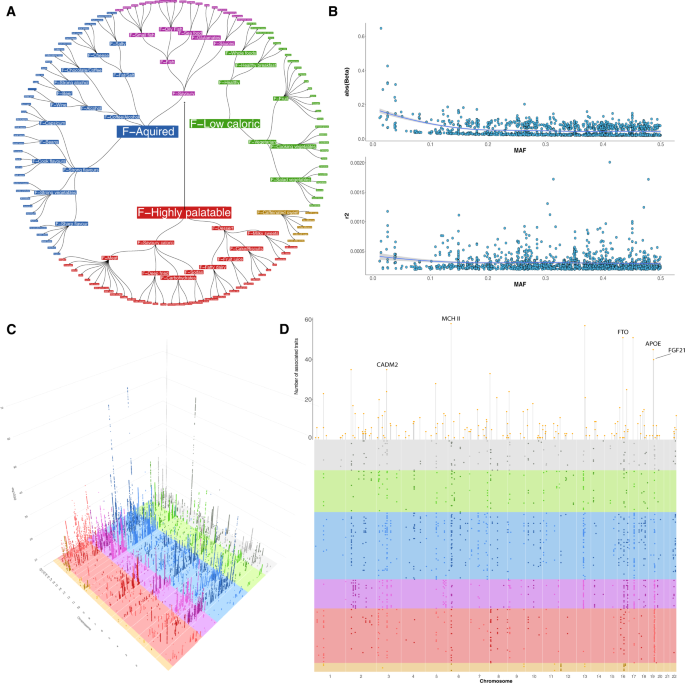2022-08-18 スウェーデン・リンショーピング大学
この研究は、2つのパートから構成されている。第一部では、様々なパラメータを分析し、データを記述するのに適したモデルを開発した。そして、そのモデルを用いて、データが不足している地域でどれだけの野生動物が狩猟されるかを予測した。
この研究では、狩猟面積が広い狩猟チームほど、面積当たりの狩猟頭数が少ないことがわかった。この相関関係は、すべての狩猟対象種で同様であった。
<関連情報>
- https://liu.se/en/news-item/battre-viltovervakning-med-ny-berakningsmetod
- https://www.sciencedirect.com/science/article/pii/S1470160X22004319?via%3Dihub
狩猟袋データが個々の狩猟者ではなく地域ごとに報告されている場合の収穫量の推定:ベイズ型自己回帰分析によるアプローチ Estimating harvest when hunting bag data are reported by area rather than individual hunters: A Bayesian autoregressive approach
Tom Lindström,Göran Bergqvist
Ecological Indicators Available online: 19 June 2022
DOI:https://doi.org/10.1016/j.ecolind.2022.108960

Highlights
- •A novel hierarchical Bayesian approach was developed to analyze Swedish harvest data.
- •Temporally autocorrelated models reduce uncertainty and increase predictive accuracy.
- •Autocorrelated analyses also leads to less computational challenges.
- •Harvest rate exhibits a sub-linear relationship with a hunting team’s area.
Abstract
Harvest estimation is a central part of adaptive management of wildlife. In the absence of complete reporting, statishods are required to extrapolate from the available data. We developed a Hierarchical Bayesian framework tailored for partial reporting where hunting areas covered by reporting hunting teams are available. The framework accounts for autocorrelation at the national, county, and hunting management precinct levels. We derived and evaluated an approximation for the probability of harvest on non-reported areas under a non-linear relationship between harvest area per team and harvest rate. We applied the framework to reports of red fox (Vulpes vulpes), wild boar (Sus scrofa), common eider (Somateria mollissima), and grey partridge (Perdix perdix) harvest in Sweden from the hunting years 1997/1998–2019/2020. The approximation was evaluated and determined to be sufficiently accurate. We showed that accounting for autocorrelation in harvest reduced uncertainty and increased predictive accuracy, particularly for game hunted in low numbers and variably between teams. The analysis also revealed that hunting rate has a sub-linear relationship with a team’s area for all considered species. Further, the framework revealed substantial differences across regions in terms of parameters modeling the distribution of huntable land across teams as well as parameters modeling harvest rates. We conclude that the framework is useful to detect shifts in hunting rates and/or practices.


